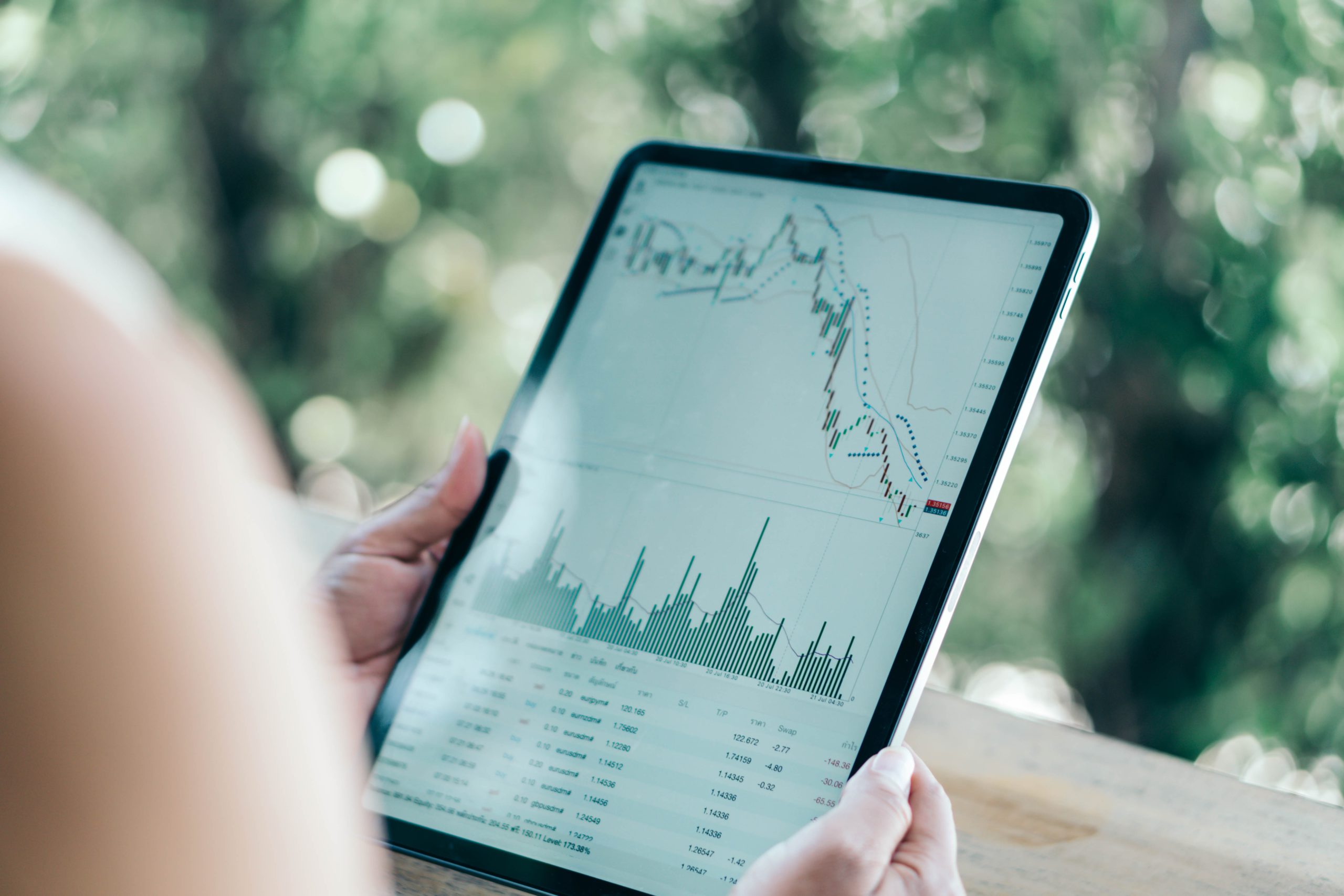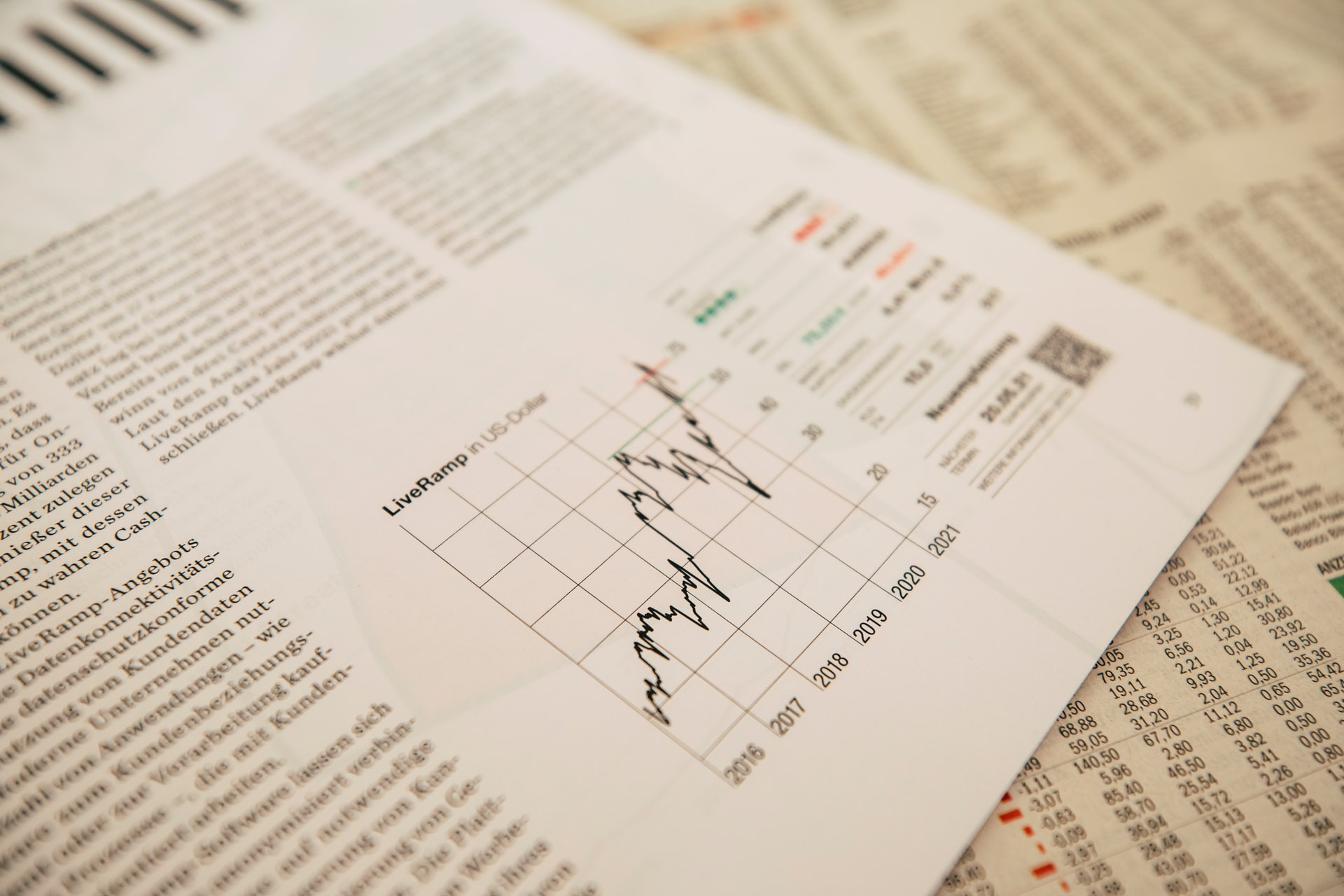The COVID-19 pandemic brought turmoil across all industries, but while some struggled and desperately looked for ways to cut costs just to survive, others seemed to thrive and grow faster than ever before. Countless economies were left disrupted and many severely damaged by the pandemic crisis, and yet some companies managed to make a profit – how did this happen?
What was the impact?
The first months of 2020 saw record-breaking declines across all industries, with everyone struggling to make heads or tails out of the extremely difficult situation. With many businesses experiencing long-term downtime, stock prices were falling almost everywhere. The FTSE 100 Index fell by 30% in just a month, with Dow Jones reaching similar losses. Some sectors, like biotechnology and pharmaceutical companies, managed to make up for their losses quickly, and by summer they were already back in the green.
Other sectors had it much more difficult throughout the pandemic – the air and travel and banking industries noted significant losses compared to their pre-pandemic standings, and wouldn’t recover for what would turn out to be years. As the vaccine reached the general public, industries started slowly recovering from the recession.
Which stocks benefitted from the pandemic?
Not everyone was hit as heavy by the pandemic – some industries even managed to thrive and prosper. The fastest-growing industry during the pandemic was the high-end tech industry and the software industry, with such companies as Zoom, which saw an increase in stock prices of over 500% between February and October 2020.
Companies like PayPal only experienced a small setback at the start of the pandemic, after which it reached an increase of over 200% over the next year as it took the opportunity to revolutionize the banking sector. As people all over the world had to switch to online shopping, e-commerce businesses experienced a sharp rise in stock prices – simply look at Shopify, which increased by over 320% in the first year of the pandemic.
Share price fluctuations and the post-pandemic market
The pandemic wasn’t easy on traders too – many of them with positions open as the pandemic hit would experience heavy losses. The markets themselves became much more volatile, with many people at home trying their hand at leveraged trading (and often failing). The 2021 GameStop shorting saga has been an example of this, with some making heavy profits from accurate predictions, while others lost heavily because of following online hype.
Leveraged trading saw an incredible increase in popularity during the pandemic, since traders could make profit on both rising and falling stock prices. Using an online leveraged trading platform, traders from all around the world could earn profits by speculating asset prices, and not only stocks, but forex, indices, commodities.
These platforms usually feature no fees, allowing everyone to try their luck at leveraged trading – but there’s always a risk involved, sometimes even greater than is the case with regular trading. There are certainly many benefits to instruments like CFDs or spread betting (Marketing for CFDs and spread betting is not intended for US citizens as prohibited under US regulation), including being able to open high-value transactions while only paying a fraction of the full price upfront, but a detailed risk management strategy should always be used to avoid losses. Leveraged trading can also be a good hedging mechanism, used to offset some risk off your other open positions.
Spread bets and CFDs are complex instruments and come with a high risk of losing money rapidly due to leverage. The vast majority of retail client accounts lose money when spread betting and/or trading CFDs. You should consider whether you understand how spread bets and CFDs work and whether you can afford to take the high risk of losing your money.
Marketing for CFDs and spread betting is not intended for US citizens as prohibited under US regulation.
















